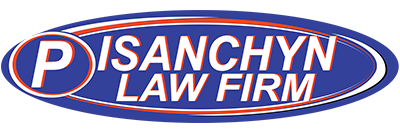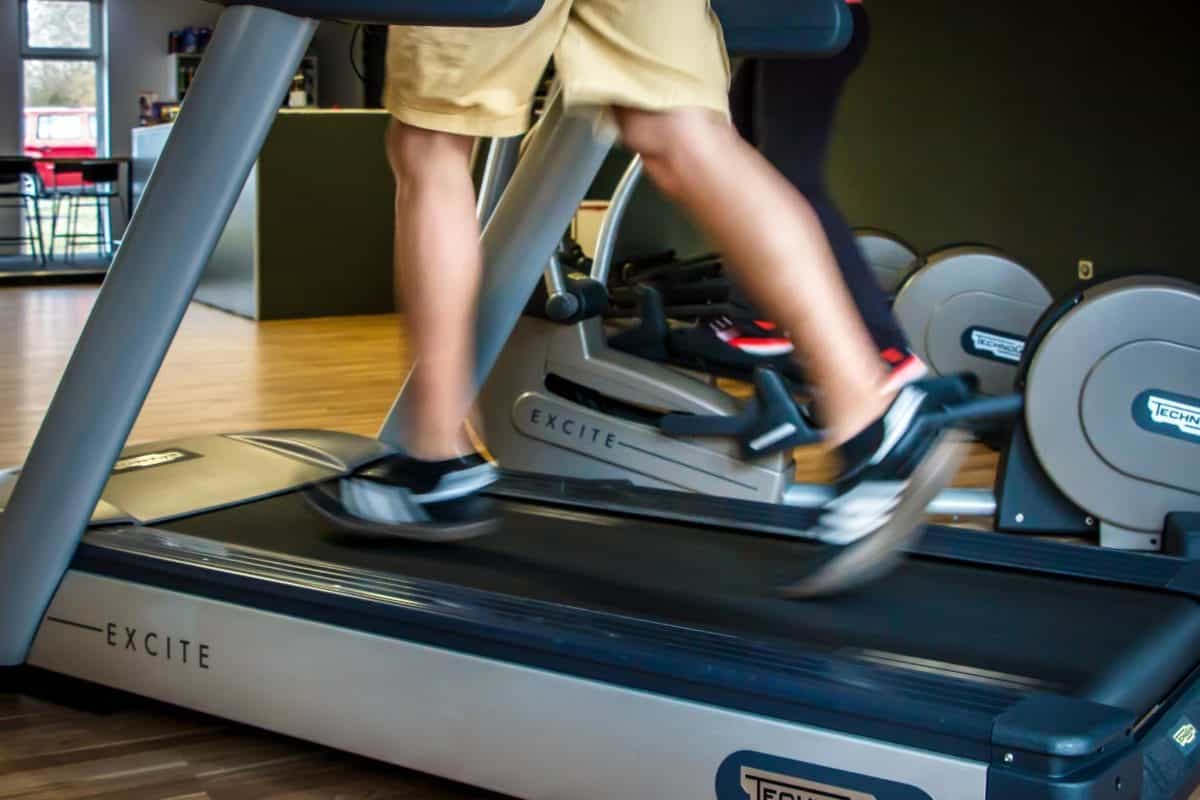Treadmill entrapment injuries have been long-known and continue to make headlines today. These incidents can be prevented by the implementation of a relatively simple fixed barrier guard, which has also been long-known.
In this article, Industrial Engineer Harry Ehrlich discusses the in running nip point hazard that exists between the moving belt of the treadmill and the floor or other stationary object, and the manufacturer’s responsibility to protect people from that hazard.
WHY THESE INJURIES OCCUR, AND HOW TO PREVENT THEM
If not adequately guarded, a treadmill designed for residential or commercial use can pose the same hazards that exist in industrial conveyor systems. The conveyors found in treadmills typically consist of a moving belt supported by a metal bed. The belt is looped around two pulleys (rollers); a drive pulley and a tail pulley, and is motor driven.
The hazard present on belt conveyor systems is the in running nip point hazard. Wherever parts rotate over, under, or near a stationary object, or wherever machine parts rotate in contact with or near each other, an in running nip is formed. The danger of an in running nip hazard is that it draws people in and makes it difficult to withdraw entrapped body parts.
While the configuration of treadmills and industrial conveyors is similar, the treadmill poses a unique hazard to children that is not present in industrial conveyors. The typical in running nip point hazard on conveyor systems is found between the moving belt and the pulley (roller).
The treadmill industry is aware of the in running nip point hazard shown above and guarding is typically provided on each side of the pulley, denying access to the hazard. However, the treadmill poses a secondary in running nip point hazard, unique to this equipment. While industrial conveyors are typically installed at a height of 30 inches or greater, the conveyor mechanism of a treadmill is located just above floor level, thereby introducing the secondary in-running nip hazard between the moving belt and the stationary floor.
Absent an adequate guard that denies access to the hazard, hands, arms, or other body parts may become entrapped and pulled into and beneath the machine resulting in serious injuries including, but not limited to, friction burns, deglovings, and crush injuries. While some manufacturers provide a guard against this secondary hazard, many treadmills remain unguarded.
HAZARD EXPOSURE WITH RESPECT TO CHILDREN
Adults will generally avoid contact with this secondary hazard. However, it is foreseeable that children will play on the floor and find themselves in proximity to the hazard. Children are known to place their hands and fingers into openings and to squeeze into or through openings. Given the serious nature of the hazard and the foreseeability of children present in the home, it is essential that manufacturers provide protection against the hazard.
How Can a Dangerous Product Injury Lawyer Help?
We have prosecuted numerous cases of this nature and can honestly pledge to you, without any equivocation, that should we accept your case, we will make completely sure that you get the justice you deserve.
For these reasons, when you retain our defective product injury attorneys at the Pisanchyn Law Firm you know that you have a first-rate Law Firm that will fiercely pursue your rights and the money you deserve. As we have pledged, you will never pay a fee until we win your case.
Please, call toll free at 1-800-444-5309 for your free consultation. We have offices in Harrisburg, Scranton, Philadelphia and Pittsburgh and will travel to you.





